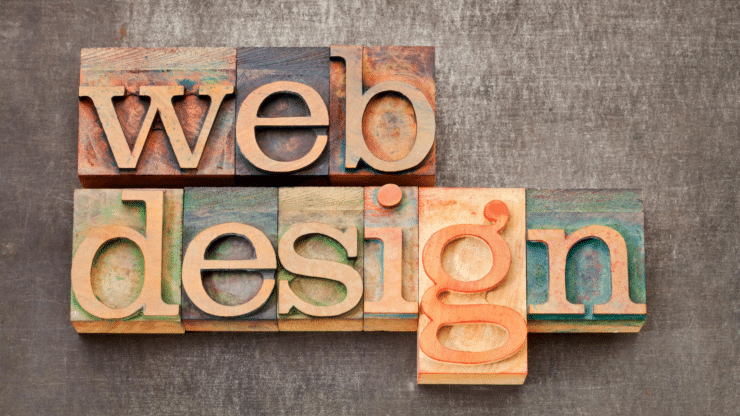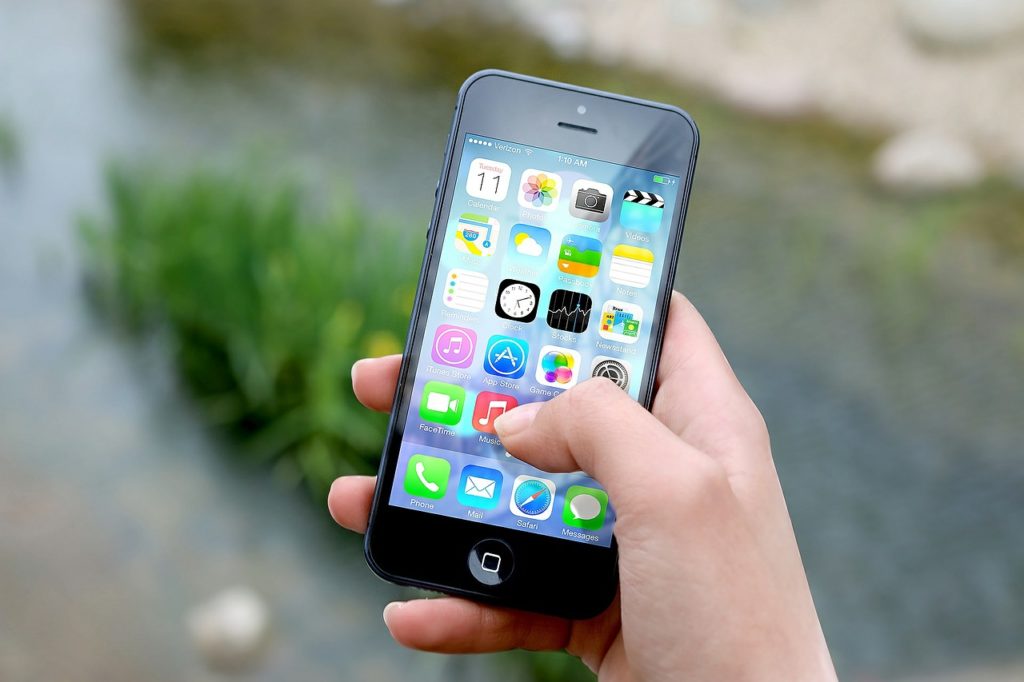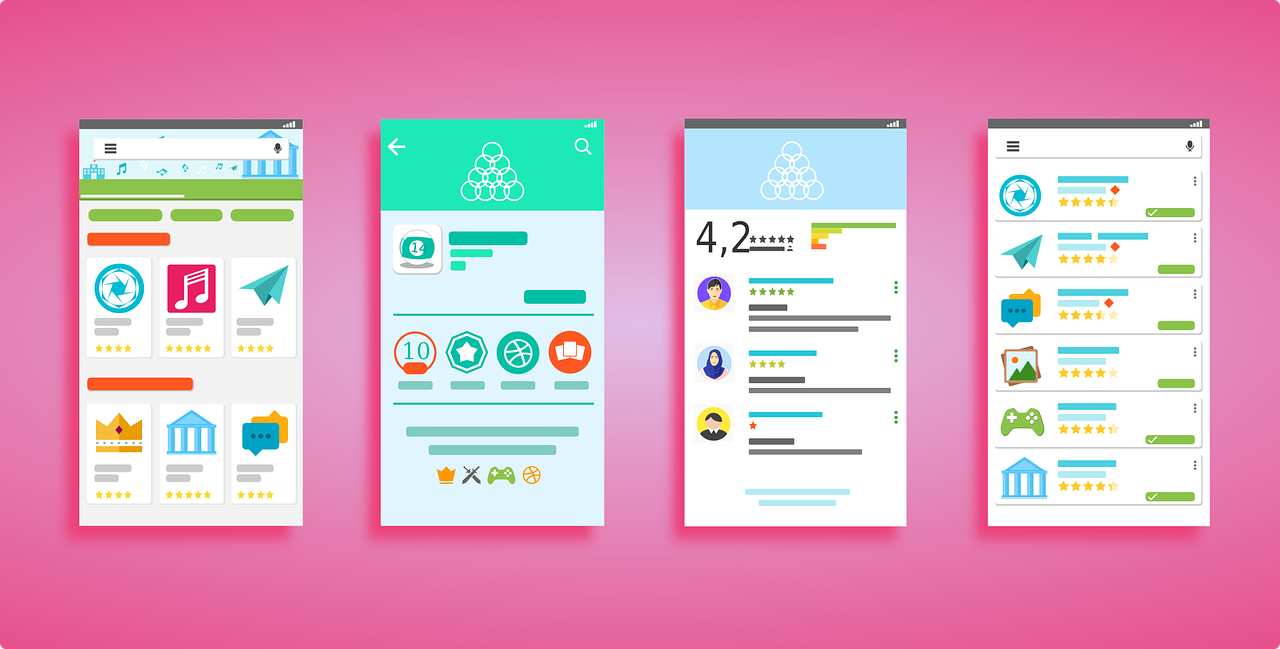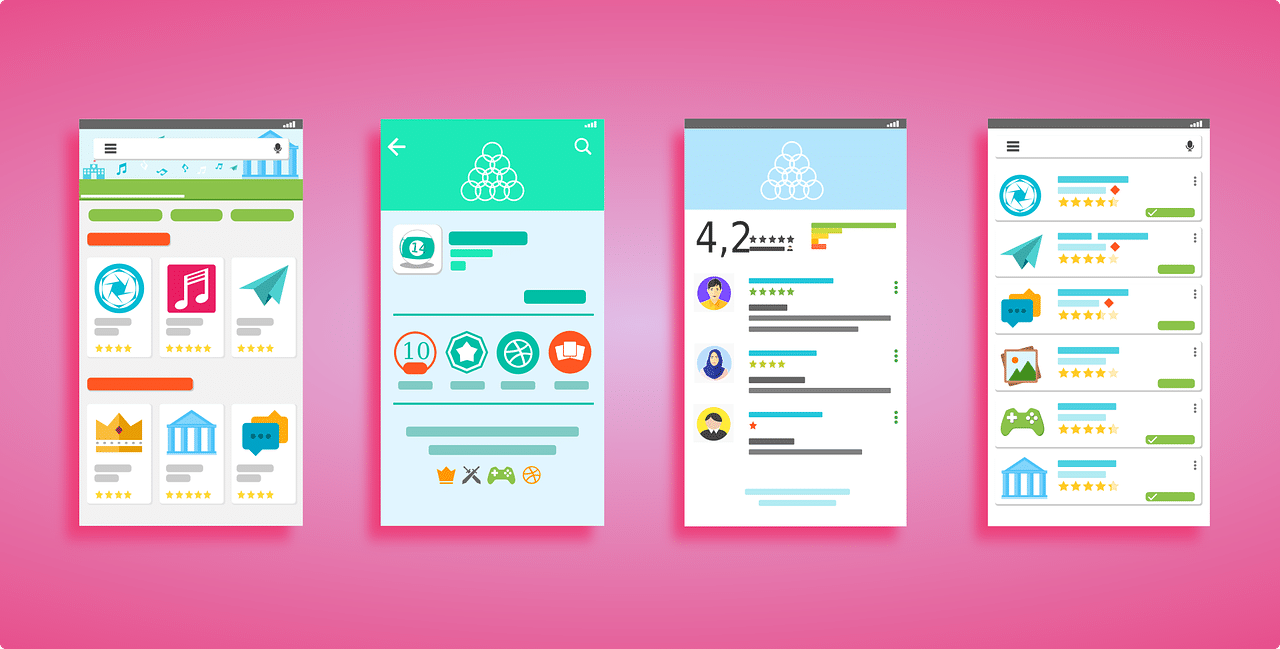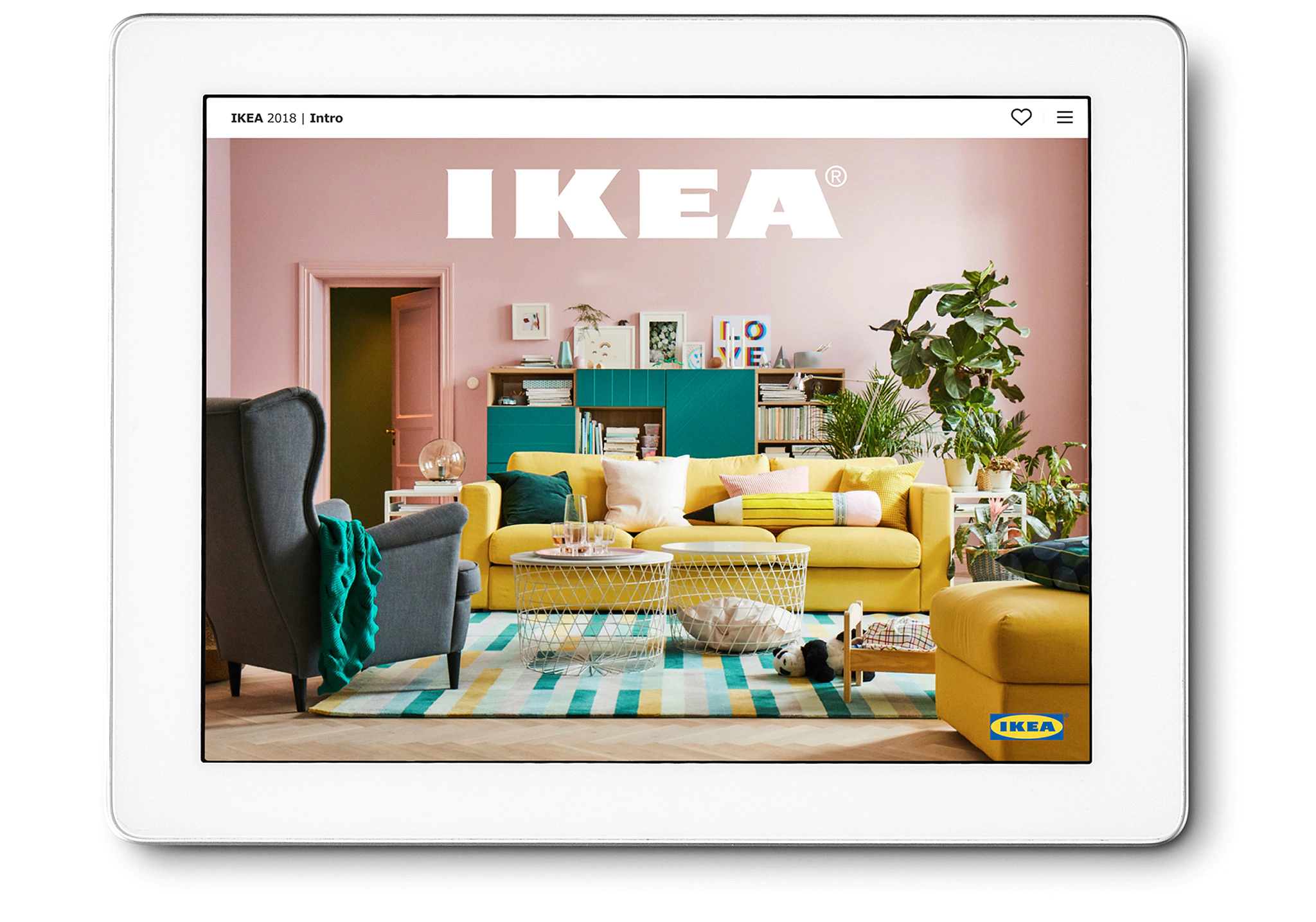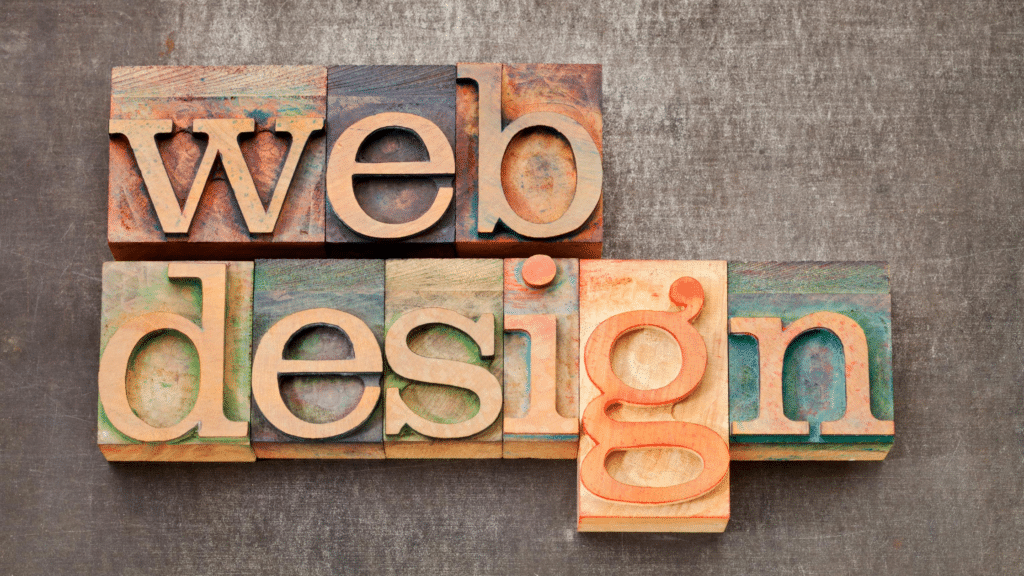
When we think of graphic design, we tend to think of the practice of designing the layout of a magazine, webpage, or a piece of marketing. However, Rasmussen College explains the use of text and visuals in any area can be classified as part of the graphic design sector. Design experts, such as Jeffrey English NJ artist and graphic designer, can take any piece of text and visual design and turn it into an eyecatching piece of marketing, packaging, or visual artwork. As with any area of creativity, design trends change regularly with 2020 having its own set of popular graphic design ideas.
1. Cyberpunk goes Mainstream
If the 2010s were a period of conservatism and a return to the 1980s graphic design and artistic styles 2020 will offer a complete change. The world of cyberpunk is designed to offer the viewer a surreal and unusual color scheme that takes in bright colors and neon landscapes that are different and often unhinged. Whether harking back to the literary work of Terry Pratchett or looking to Asian comics for inspiration, many graphic designers are seeking out cyberpunk. Bright neon colors and landscapes bring a sense of the future to the present day by unsettling the viewer and making these graphic designs stand out from the crowd.
2. DIY and Retro Designs
If the COVID-19 pandemic has allowed us to learn anything, it is that ay home crafts and design can be just as impressive as more polished options. The Guardian had already identified DIT design as a trend for Fall 2019, which will be continued into 2020. Jeffrey English NJ graphic designer points to the return of posters from previous pandemics in India in the 19th-century and the 1918 Spanish Flu outbreak as the catalysts for this modern trend.
3. Geometric Lines
One of the simplest lessons taught to designers in the early days of any college design course is the difference between lines. In general, humans associate curvy lines with nature and natural movement. In contrast, straight lines are seen as industrial and modern bringing a sense of futuristic vision to the graphic design sector. Much like the cover of the Joy Division album, “Unknown Pleasures”, Jeffrey English believes merging curvy and straight lines will be a trend for 2020 and beyond. The combination of natural and futuristic will run through most of the design trends of 2020.
4. Embracing the Collage
A staple of art students, a collage is often seen as tired by the time a graphic designer turns professional. However, modern collage is moving in a new direction with mixed media options bringing a new vibrancy to this ancient artistic medium. In the view of most designers, an authentic experience is what they are trying to bring to every viewer when they are embarking on a new design. Bringing together text, drawings, photographs, and modern design techniques can change the way a viewer sees a collage in its natural form.
5. Minimalism Remains Important
In late 2018 and throughout 2019, minimalism was the movement of choice for the majority of designers who seemed to fall in love with the clean lines of this style. 2020 will be no different with minimalism remaining one of the most important design styles of the year moving forward. Many brands have fallen in love with minimal designs because they offer easy to read and identify styles that can be enjoyed for years to come regardless of the latest trends.
6. A Dystopian Present
One of the most important graphic design trends of 2020 will be the movement towards representing a dystopian view of the future in a way that is bleak and exciting. Among the reasons for the move towards the widespread use of a bleak view of the future is the influence of dark TV shows that are moving in this area. Dystopia is described by Jeffrey English as the opposite of utopia and reflects a view of the coming years that is unsettling for the viewer. This style is particularly evident in the design of book covers and magazine design trends.
2020 has been one of the most difficult years for the graphic design industry with this feeling of uncertainty reflected in the latest trends used by most of the sector. For Jeffrey English NJ graphic designer, the move towards a more DIY aesthetic is reflective of the late-1970s when punk brought together the use of collage and DIY crafts gave an exciting and dangerous edge to the design sector.
